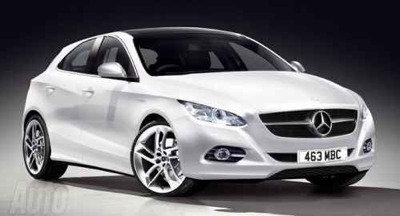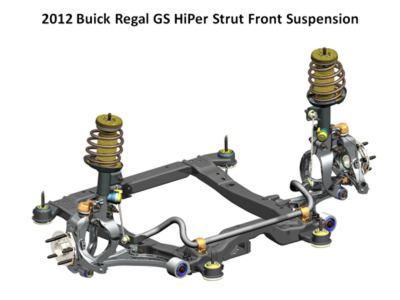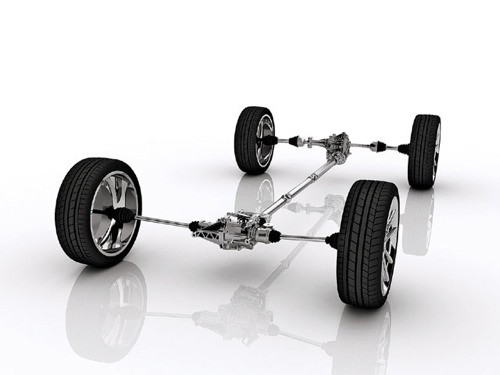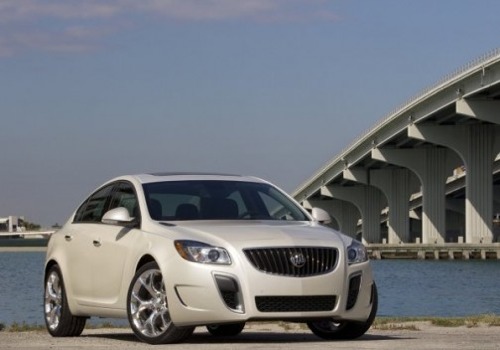The Battle of Traction
- July 24, 2012
- The Car Biz, Uncategorized
- Posted by Dave Sullivan
- Comments Off on The Battle of Traction
Who will win? Front-wheel drive? Rear-wheel drive? All-wheel drive? Some don’t care who wins! And we have the enthusiasts, who begrudge anything with front-wheel drive and performance in the same sentence.
Let’s fast forward five years…
BMW is getting ready to bring FWD vehicles to the U.S. under the BMW name. They already sell MINIs that are FWD and are pretty fun to drive. BMW has proven they can engineer engaging FWD cars with MINI, which should give hope to the doubters. Infiniti, which has been RWD focused, has a FWD JX crossover and a small FWD car coming that is being developed with Daimler. Mercedes-Benz is bringing small FWD cars to the U.S. Cadillac is pushing RWD and AWD with the ATS but offers the XTS with FWD or AWD. The SRX is FWD or AWD and is one of the top sales performers in the segment. Look at the Jaguar XJ getting ready to add AWD to help boost sales, mainly in the north east.
If you ask Audi executives why they sell a FWD A6 they will tell you it is only because they need to sell the A6 in Florida. Audi has been successful with selling FWD-based cars but marketing their AWD system as superior to anything else has been genius for them. No one (OK, not literally) buys AWD in Florida.
I wouldn’t say that there is a clear cut formula or that RWD is going to be extinct. There is a lot of new technology that can help make FWD more livable and engaging. The Buick Regal GS with the HiPer strut is one such idea. Ford also has one called the RevoKnuckle.
From talking to OEMs, many are trying to find the right balance with AWD to offer performance, light weight, no drop in fuel economy, and seamless torque transfer at the lowest possible price. Sounds perfect, right?
Let’s look at two B-segment crossovers. The Nissan Juke is FWD with an optional torque vectoring AWD system that adds something like 45 lbs (MINI Countryman is around 165 lbs) to the vehicle – very light weight. The problem is that they had to add a more expensive independent rear suspension for the AWD vehicles. FWD Jukes gets a torsion beam. GM was able to engineer a torsion beam on the Buick Encore that could accommodate AWD and help keep the cost down. Interesting. Breaking one barrier to proliferation.
As cars shrink and consumers want maximum interior room, they could be put off by driveshaft humps in rear seats. Also, as we look at the success of the GM Lambda platform with their FWD architecture with their body-on-frame SUV market share shrinking and the raging sales of Fusion, Altima, Camry, Accord, and Sonata, it is hard to doubt that FWD is not adequate for most buyers. Ford’s AWD mix is fairly low on the Fusion but the overall proof is in the sales numbers.
Tires have gotten better. Stability control, traction control, and throttle management from electronic throttle control, have helped aid drivers and give a less than convincing reason to NEED AWD since these features are mandated. For unibody applications, FWD and AWD are king. For body-on-frame pickups and SUVs, RWD will be around for a while. Toyota and Ford made that pretty clear when they announced they are working together on RWD pickup and SUV hybrids. I still believe the 3-Series will be RWD for a long time.
More to think about…Honda recently dropped their SH-AWD on the RDX for the lighter, cheaper, and more fuel efficient system from the CR-V. They just couldn’t see the benefit as many customers see AWD as just plain ol’ AWD. Check the box….radio, steering wheel, AWD. Why add a feature that is overkill if the customer isn’t asking for SH-AWD? Just give them the standard “it’s good enough” all-wheel drive, and they will be fine.
I thought that e4WD would have become more popular but it hasn’t. Maybe someone will revive it? Or maybe we’ll see electric hub motors that turn on when you need some extra traction?
The picture here will tell you all you need to know.
It looks like FWD will continue to gain share. RWD looks like it needs an AWD option in most segments to compete in certain climates. FWD is benefitting from better engineering, ‘free’ nannies like stability control and better ways to reduce torque steer. RWD SUVs have lost ground to FWD crossovers. Basically this will be the trend for the future as fuel prices and/or legislation force automakers to go for the lightest, cheapest, and ‘best bang for the buck’ solution to aid in traction and handling.






